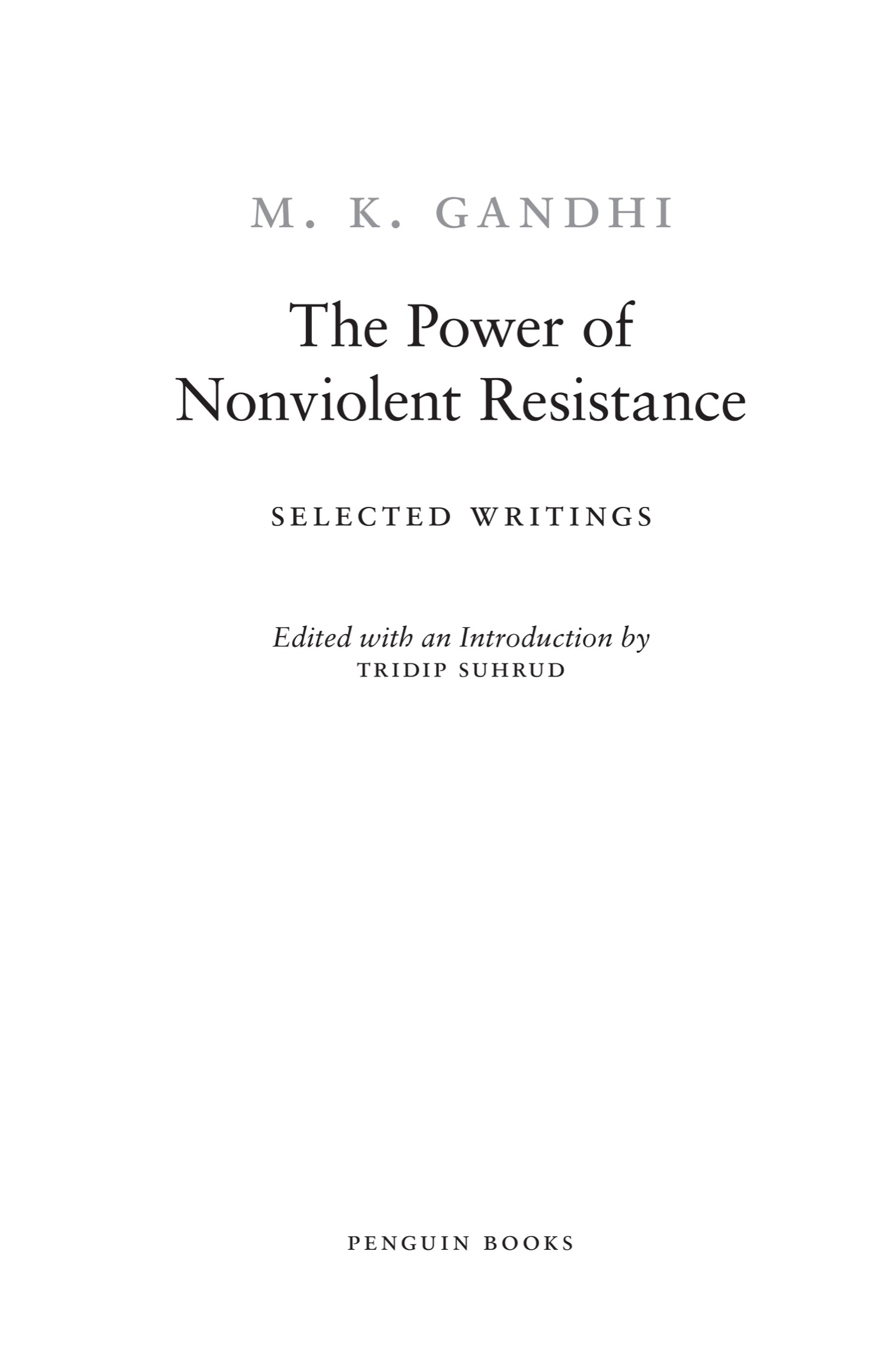Introduction
A SMALL, STILL VOICE
The more he took to violence, the more he receded from Truth.
Mohandas Karamchand Gandhi (18691948) described ahimsa, nonviolence or more accurately love, as the supreme duty. This essay seeks to understand the necessity of nonviolence in Gandhis life and thought.
Toward the end of his life, Gandhi was asked by a friend to resume writing his autobiography and write a treatise on the science of ahimsa. What the friend wanted were accounts of Gandhis striving for truth and his quest for nonviolence, and since these were the two most significant forces that moved Gandhi, the friend wanted Gandhis exposition on the practice of truth and love and his philosophical understanding of both. Gandhi was not averse to writing about himself or his quest. He had writtenmoved by what he called Antaryami, the dweller withinhis autobiography, An Autobiography or the Story of My Experiments with Truth. Even in February 1946 when this exchange occurred he was not philosophically opposed to writing about the self. However, he left the possibility of the actual act of writing to the will of God.
On the request for the treatise on the science of ahimsa he was categorical in his refusal. His unwillingness stemmed from two different grounds: one of inability and the other of impossibility.
He argued that as a person whose domain of work was action, it was beyond his powers to do so. To write a treatise on the science of ahimsa is beyond my powers. I am not built for academic writings. Action is my domain, and what I understand, according to my lights, to be my duty, and what comes my way, I do. All my action is actuated by the spirit of service. Gandhi went on to argue that a cohesive account of even his own striving for nonviolence, his numerous experiments with ahimsa both within the realms of the spiritual and the political, the personal and the collective, could be attempted only after his death, as anything done before that would be necessarily incomplete. Gandhi was prescient. He was to conduct the most vital and most moving experiment with ahimsa after this, and he was to experience the deepest doubts about both the nature of nonviolence and its efficacy after this. With the violence in large parts of the Indian subcontinent from 1946 onward, Gandhi began to think deeply about the commitment of people and political parties to collective nonviolence. In December 1946 Gandhi made the riot-ravaged village of Sreerampore his home and then began a barefoot march through the villages of East Bengal.
This was not the impossibility that he alluded to. He believed that just as it was impossible for a human being to get a full grasp of truth (and of truth as God), it was equally impossible for humans to get a vision of ahimsa that was complete. He said: If at all, it could only be written after my death. And even so let me give the warning that it would fail to give a complete exposition of ahimsa. No man has been able to describe God fully. The same holds true of ahimsa.
Gandhi believed that just as it was given to him only to strive to have a glimpse of truth, he could only endeavor to soak his being in ahimsa and translate it in action.
It is important for us to understand why it was a necessity of life for Gandhi to strive for nonviolence. This striving is captured by the epigram with which this essay begins. Violence takes us away from ourselves; it makes us forget our humanity, our vocation, and our limits, and for Gandhi such amnesia can only lead to destruction of self and others. The following section seeks to explain the complex set of arguments and practices through which Gandhi elucidated the relationship between nonviolence, self-recognition, and freedom. For Gandhi freedomboth collective and personalis predicated upon an incessant search to know oneself. This self-recognition, Gandhi believed, eluded all those who were practitioners and votaries of violence.
Gandhi described violence as brute force (sharir bal or top bal, in Gujarati) and nonviolence as soul force (atma bal

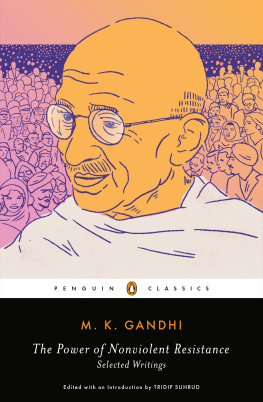
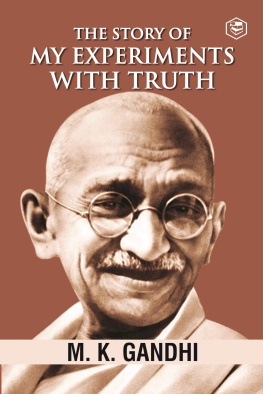
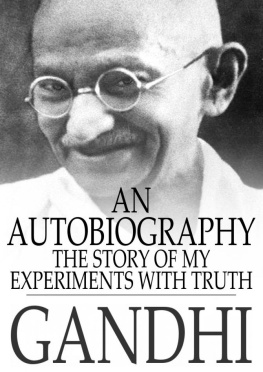
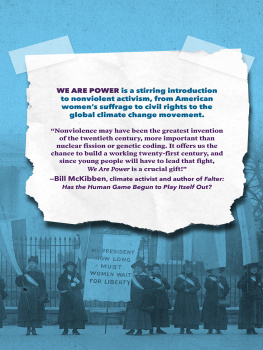
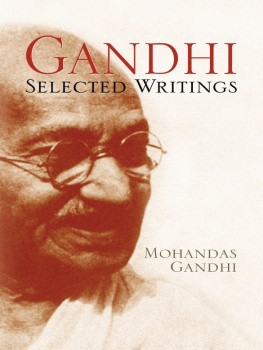

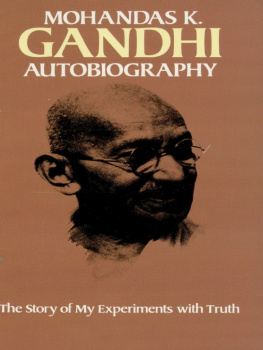
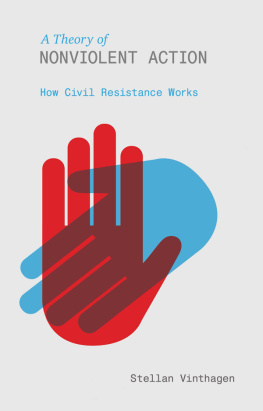
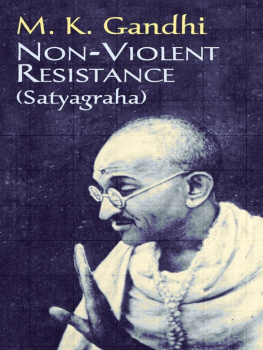
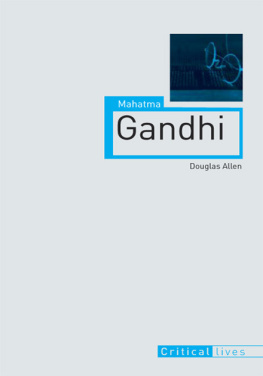
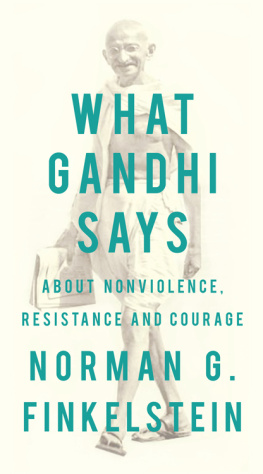

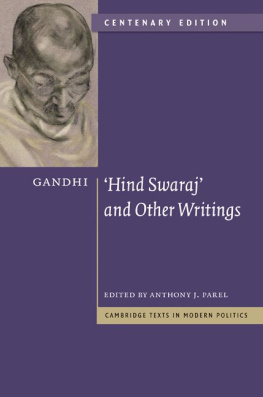
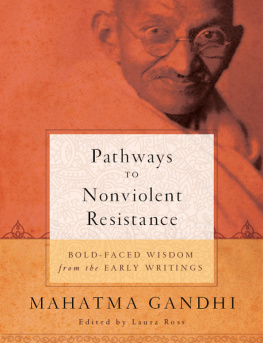
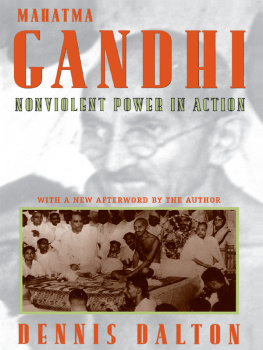
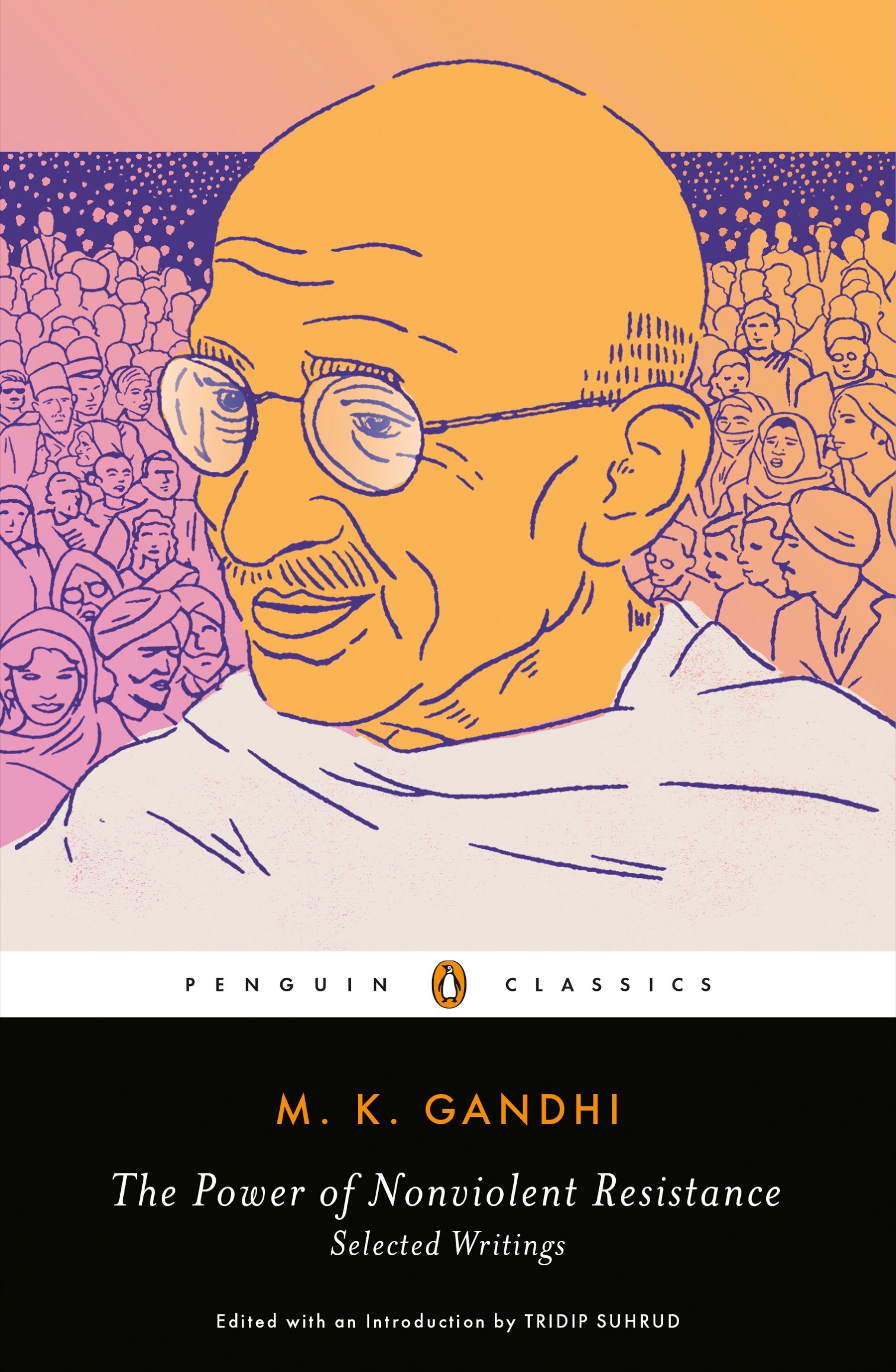
 CLASSICS
CLASSICS